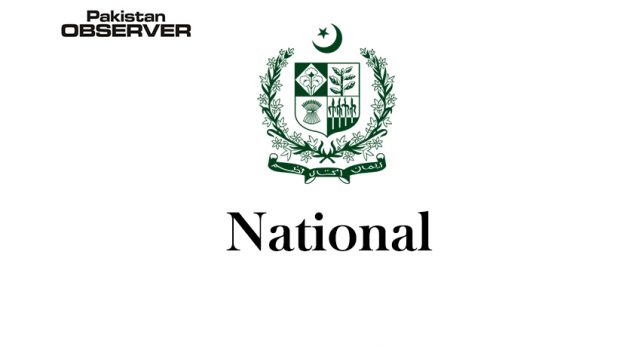Our Correspondent
Bahawalpur
The Department of Cholistan Institute of Desert Studies, The Islamia University of Bahawalpur (IUB) has successfully established multi-cropping system of ‘sesame (till) and jujube (Ber)’ under drip and sprinkler irrigation method powered by solar energy in sandy alkaline soil.
The Assistant Professor, Dr. Muhammad Shahid Rizwan is working on a project funded by Higher Education Commission-Pakistan on diversifying the cropping system of Cholistan by integrating soil and water management practices.
According to the spokesman of the university Shahzad Ahmad Khalid, the Cholistan is a vast sandy desert spread over about 26,000 km2.
The sandy alkaline natured soil, harsh weather, heat and drought stress, underground saline water, and low organic matter are the main environmental problems of Cholistan and limiting agricultural production in this region. Food security has a major issue due to continuous increase in population.










